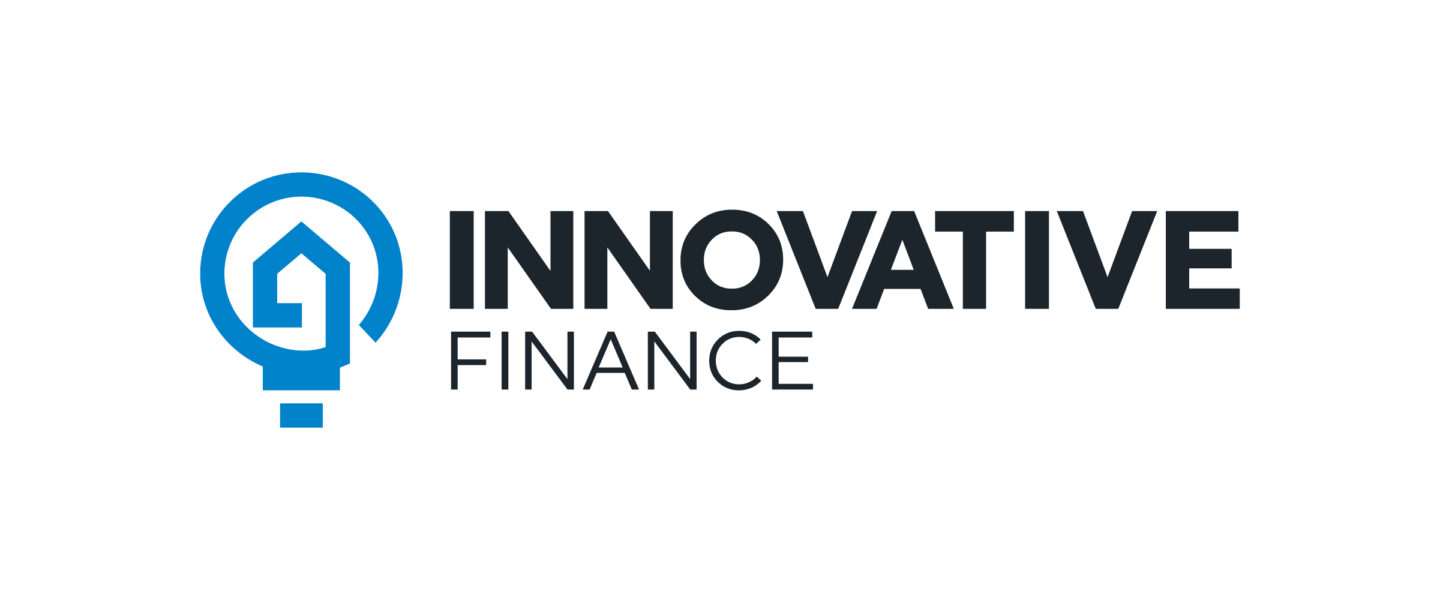
29 Jul Strategies for home owners in the low-interest era
Source: SMH.com.au – 21 July 2017
Written by Mark Bouris
The Reserve Bank suggested this week that we could see its cash rate rise to 3.5 per cent in coming years. That’s 2 percentage points higher than today’s rate and would likely mean mortgage rates rise to about the 7 per cent mark.
This triggered a lot of commentary and some worry among households. However, that movement depends on a few important things happening: inflation, household income growth and the labour market have to line up before a rate hike is warranted. And the jury’s out on whether that will happen any time soon.
Nobody can be sure of what’s ahead, but we do know that today, we have the lowest interest rates in our history. So what can you do to make the most of it? Here’s a few ideas:
Fixed rate
You can’t predict interest rates, but you can fix your rate. Currently a two- or three-year fixed rate loan is not much different from the variable rate on a similar loan, although five-year fixed home loans are slightly higher-interest. So why would you do it, especially if interest rates could drop lower? Peace of mind is one reason; you can also write a meaningful household budget, without loan costs rising. Be aware that fixed loans have penalties for paying out early, so don’t plan to sell the property during the fixed period. And avoid using a fixed-rate mortgage to “beat” the markets – it’s best as a cash-flow management tool.
Variable rate
When interest rates are so low (the average cash rate since 1990 has been 4.71 per cent), there’s an argument for paying the best market rate of interest in any month: and that’s the variable rate. Variable rate loans go up and down with the cash rate and the market, but they have more flexibility in them: you can make extra repayments, use redraw and offset accounts, and pay out the loan early without penalty – something most fixed-rate loans don’t allow.
Split loan
Or do what many Australians do and split your loan between variable and fixed. Get the benefits of both and don’t be saddled with 100 per cent of the downside.
Get ahead
if you have a variable rate loan, a smart strategy is paying extra and lump sums into your mortgage account. Reducing the capital amount when you’re only paying 4.0 per cent is an opportunity to reduce the loan amount cheaply. Be careful if relying on an “offset” account though – yes, they reduce your interest, but you must have discipline not to dip into that money.
